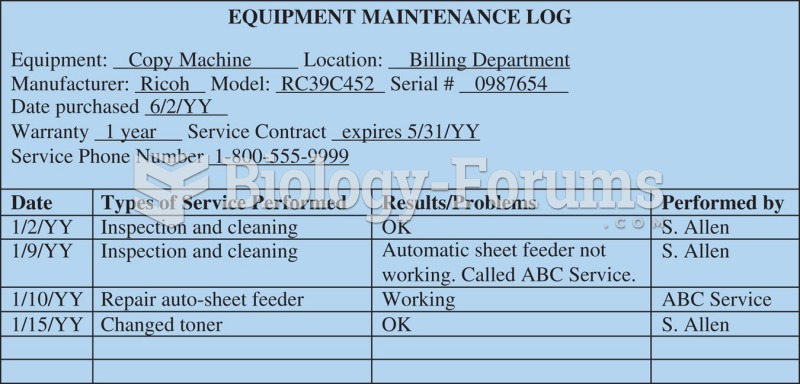Answer to Question 1ANS:Answer
should include:
The HMS Challenger expedition was the first voyage devoted to marine science. The
idea for the expedition was conceived by Charles Wyville Thomson and his student John
Murray. They were inspired by Charles Darwin's findings from the HMS Beagle
expedition.
The course that the Challenger voyaged was directed by a six-man team of scientists.
This solely scientific expedition was different than previous hybrid expeditions that
combined science with other voyage goals.
The scientists used a steam powered winch that allowed them to obtain deep sea
samples. On previous expeditions, deep sea samples were only able to be made by hand
lowering meters of rope. This technology enabled the scientists to collect samples from
waters as deep as 8,185 meters.
The expedition made use of mechanical grabs and nets to collect specimens and water
samples from the deep. Over the course of the trip, 151 trawls were conducted, and 77
water samples were collected.
The information gathered on the Challenger's expedition was compiled into a fifty
volume report. The scientists discovered 4,717 new specimens. Measurements were
taken of the ocean's salinity, temperature, and water density. Ocean currents,
meteorology, and sediment distribution were also recorded. They were even able to
collect Manganese nodules with the use of the new equipment aboard the ship.
Answer to Question 2ANS:Answer
should include:
Longitude lines are imaginary grid lines that run pole to pole used, along with latitude
measurements, to determine location coordinates. They measure the angle of a particular
location in reference to the prime meridian. They are always north and south
measurements.
The biggest issue with longitude is that it cannot be determined using celestial markers
as with latitude. After setting a particular location as zero, longitude can be calculated
using time. The Earth is 360 degrees in circumference, and completes a full rotation
every 24 hours. Thus, every 15 degrees is equivalent to one hour of time.
After it was determined that longitude could be found using time, another problem arose.
In the early 18th century, clocks were propelled by a pendulum to keep accurate time.
These clocks were not able to keep accurate time as they used pendulums which were
useless on a rolling ship.
John Harrison created a clock in 1728 that was able to keep accurate time while at sea.
He called it a chronometer. It used a spring escapement instead of a pendulum, and this
made it a good solution to the previously inferior clocks at sea.
John Harrison built four chronometers total. The last model he made was only five
seconds slow, which was an astonishing accomplishment for that time period.
Eventually, John Harrison's clocks were able to be reproduced. This allowed Harrison to
finally collect reward money for his invention. Captain Cook took one of Harrison's
replicated clocks on his last two expeditions.
Information can be found in the section Voyaging Combined with Science to Advance Ocean Studies







